My day began with a message from a friend pondering the following —
Imagine all of the great artists and thinkers and poets and creators of the past — Kandinsky, Monet, Manet, and DaVinci come to mind along with all of the people who have contributed to the beauty of the world and our understanding of it through that. Imagine if they were around during these times where everything is labeled as a psychiatric issue. That could be such a different turn out.
Imagine if this type of dynamic existed back then, where people are so quick to label themselves and be victims instead of just expressing whatever is inside that makes them different. They decided to express it through art. That was their contribution. Now imagine all of these creative people today who are so eager to be autistic…
In listening to her premise, I fully anticipated that her question was leading to a scenario where all of those artists were living in an age of ‘content’ and Kandinsky was painting works for them to be shown in a grid on Instagram or Michelangelo was concerned about capturing photos and videos of his behind the scenes process for TikTok as he painted the Sistine Chapel.
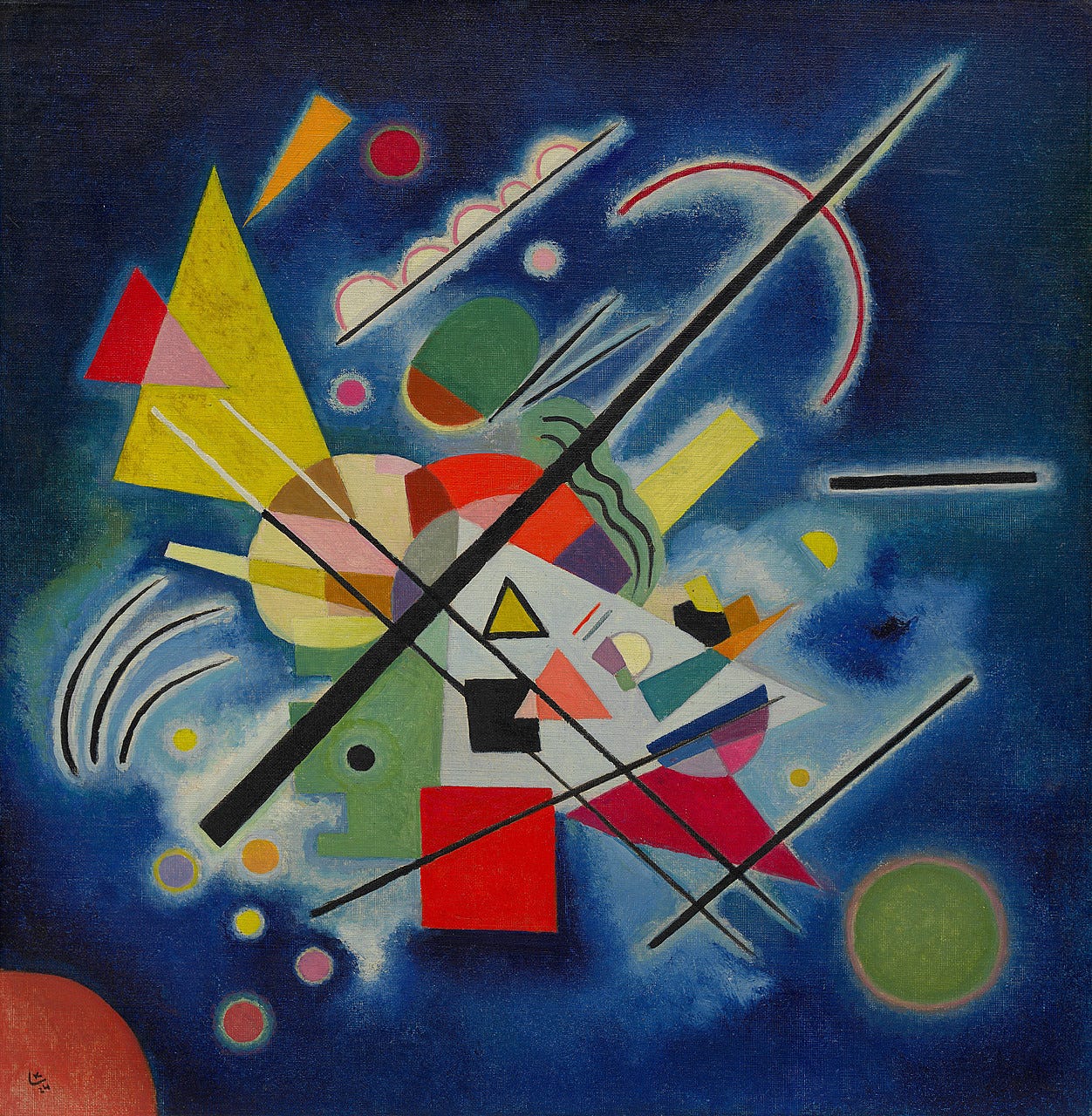
What happens when you pair those things together? Oh I’m autistic. Oh, I’m anxious. Sure, maybe Van Gogh wouldn’t have cut off his ear. Then again, maybe he still would have. But you're suppressing that creativity and the impulse of artistic expression when you toss in a label and immediately medicate.
Heads up. My love for images has made this too long for email.
Interestingly, a lot of people thought that Van Gogh was painting with glaucoma and that his depiction of the night sky was actually how he saw the world. The same was potentially true of Goya and notable vision loss. Monet is thought to have developed glaucoma later in life, influencing his color palette. Great speculation exists over whether El Greco had an astigmatism meaning that the elongated figures he painted were actually true to life from his perception. For some of the Impressionists, the ‘impression’ they were seeing was actually their sight. That adds in the layer of what if they had glasses? I digress.
You then have to wonder, is art being more and more and more suppressed even if unintentionally?
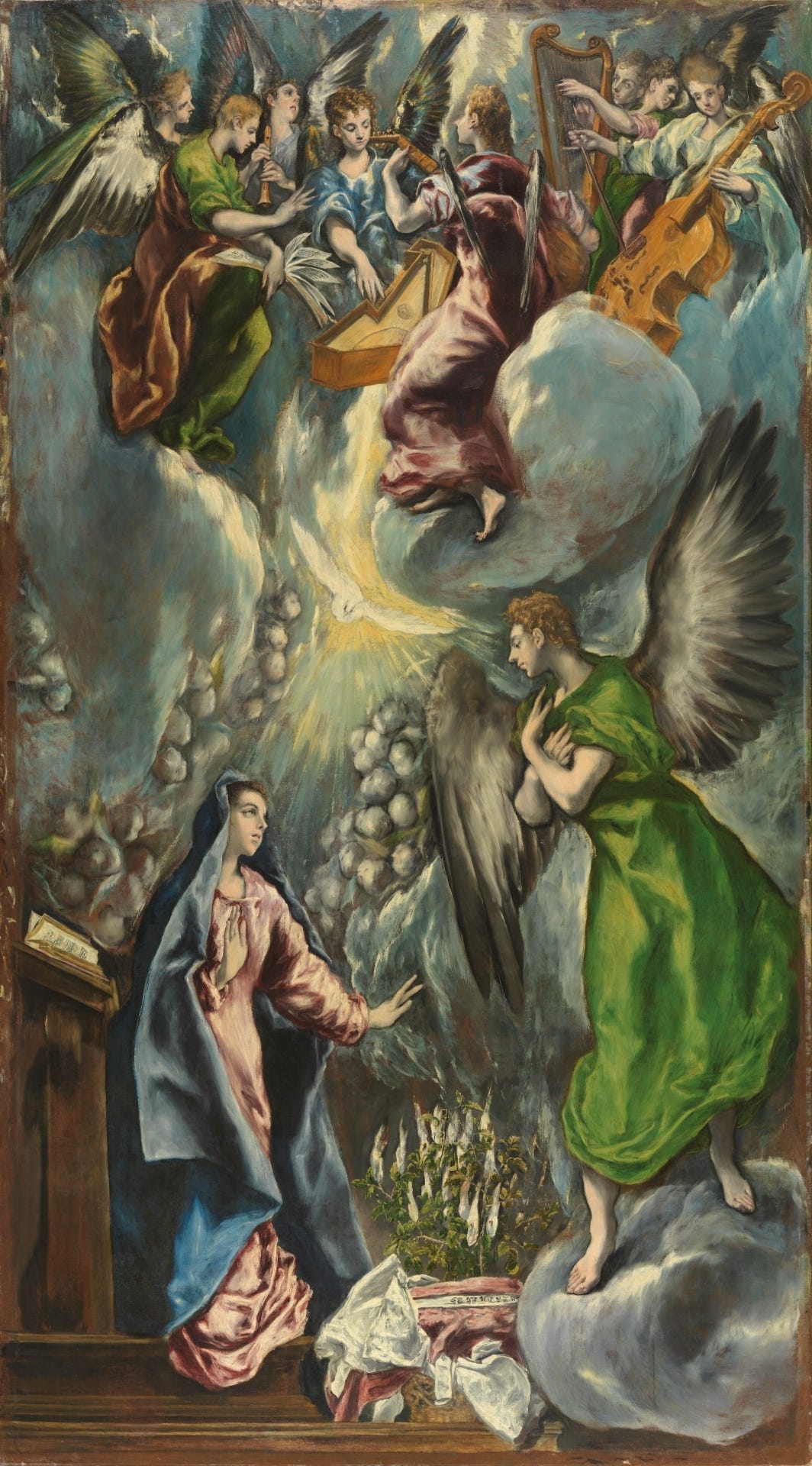
Golden Handcuffs Are Nothing New
We watched a documentary on The Beach Boys last night. The band came onto the scene in the early sixties with their first album, Surfin' Safari, debuting in 1962. They were contemporaries and competitors with The Beatles. Each band tried to knock the other out of the top slot(s) on the Billboard Chart week in and week out. The constant experimentation and desire to one up each other with each successive album made both bands stronger, until it didn’t.
By the time Pet Sounds was released in May of 1966, The Beach Boys already had a signature sound and image to protect and maintain, at least in the eyes of Capitol Records. Today Pet Sounds is considered one of their greatest albums and one of the greatest albums of all time, because it was so innovative and revolutionary. Who wouldn’t want to push the envelope with an electrotheremin? The record label saw it as too much of a deviation from the beachy image of the band and therefore considered it a risk. As such, Capitol Records didn’t promote it. Instead they released a greatest hits album forcing The Beach Boys to compete with their own songs.
This is hardly an isolated incident. Skip forward a decade to 1975 when Queen was told that “Bohemian Rhapsody” would never work. The song was too long and would never gain traction. Look at it today. These artists continued to explore the edges despite pushback from the industry.
Capitol Records has been prioritizing profit and suppressing art and ingenuity for decades. The Hollywood studios have been doing the same thing. It’s why we’re seeing so many reboots and sequels and greatest hits albums. They want the solidly predictable. Quarterly projections are much easier to substantiate with a known entity. We act like we’re surprised that the window for acceptable projects is constantly narrowing when it happens now. It’s not new. It’s simply become more blatant with more visibility into it.
On a related note, can we take a moment to ponder the impact of Murry Wilson, father to three of The Beach Boys, selling the rights to their catalog in 1969? It went for $700,000 if you’re curious. Was this retaliation for being fired as their manager a few years earlier? Quite possibly. Regardless, it’s an early trend of the impact not owning your own music can have on an artist’s career. Michael Jackson controlled the publishing rights for over 250 of The Beatles’ songs at the time of his death.
This seems like an obvious cautionary tale to anyone in the industry. Yet here we have Taylor Swift learning the lesson anew. It makes me want to shake her and shout, “Girl!! How did you not see this coming? The same thing has been happening for sixty years and then some. Where have you been? How did you not see the writing on the wall to do it differently?” when she acts surprised that things started to go off the rails because she didn’t own her own catalog. Why do you think that I stress that it’s hugely important to understand the contracts that you’re signing? Shake it off.
Feeding the Algorithm
It’s easy to become intoxicated by the trappings of success. What’s fascinating is that we’re seeing this trickle down to the everyman, well, at least to influencers and content creators. In addition to studios and production houses limiting experimentation — to which there is an entire side conversation about how many of the movies of the eighties and nineties would never be greenlit today — tech companies have thrown their hats into the ring.
Now instead of only the folks holding the purse strings chasing proven success and existing solutions, there’s pressure for everyone to do it. We’re told to train the algorithm so that it can predict what we’re going to do next and push that to an audience who has shown themselves to be receptive based on their past interests and activities. Woo!! Doesn’t that sound like the sweet spot for innovation!! If you dare deviate from your past creations, you risk having your work hidden. Worse still, that can set off a cascade of invisibility for the future since suddenly your account is no longer performing as it once did.
Again, I would actually argue that this is nothing new. It’s an old tale with a fresh twist.
As part of my music documentary kick, we watched Jagged, highlighting Alanis Morissette’s icon album Jagged Little Pill. Acknowledging that documentaries always craft a lens through which they want you to see the events they’re depicting, which is to say they should be interpreted more as opinion pieces than fact, I’m always open to “the rest of the story" where that applies. Is it fair to say when it comes to the music industry that I always feel like there are some choice omissions?
Caveats aside, a main focus of the movie is that Alanis didn’t fit neatly into any existing categories. Ooh, is this a fun place to use the term genre redefining? On paper, Alanis’ career never should have worked. And yet —
Jagged Little Pill became the best-selling international debut album by a female artist, with more than 16 million copies sold in the US; it’s now sold 33 million copies worldwide, making it the third biggest selling album by a female artist, and the biggest selling debut album.
– This Day in Music: June 13, 1995 | Alanis Morissette – Jagged Little Pill
It’s fair to say that Jagged Little Pill was an incredible success. Part of the excitement around the album stemmed from the fact that it was different — with that comes inherent risk. Isn’t that the point of art? On some level, isn’t the industry model inherently at odds with what artists are attempting to achieve?
Then again, funding has always come from playing to the tastes of those with money.
Holding the Purse Strings
Artists often claim that they want to make art for art’s sake and shouldn’t have to worry about the money. When has that ever been the precedent? I must have skipped that day of art history lectures.
Michelangelo didn’t simply walk in and start painting the Sistine Chapel. Pope Clement VII commissioned him to paint a fresco. Social media and record labels might not have existed in 1534. Michelangelo still had to carve out his place. Now we have fancy names for selling yourself and your work. We call it marketing and personal branding. The concern in 16th century Florence wasn’t watch times or follower counts or likes. That didn’t resolve Michelangelo’s need for patronage.
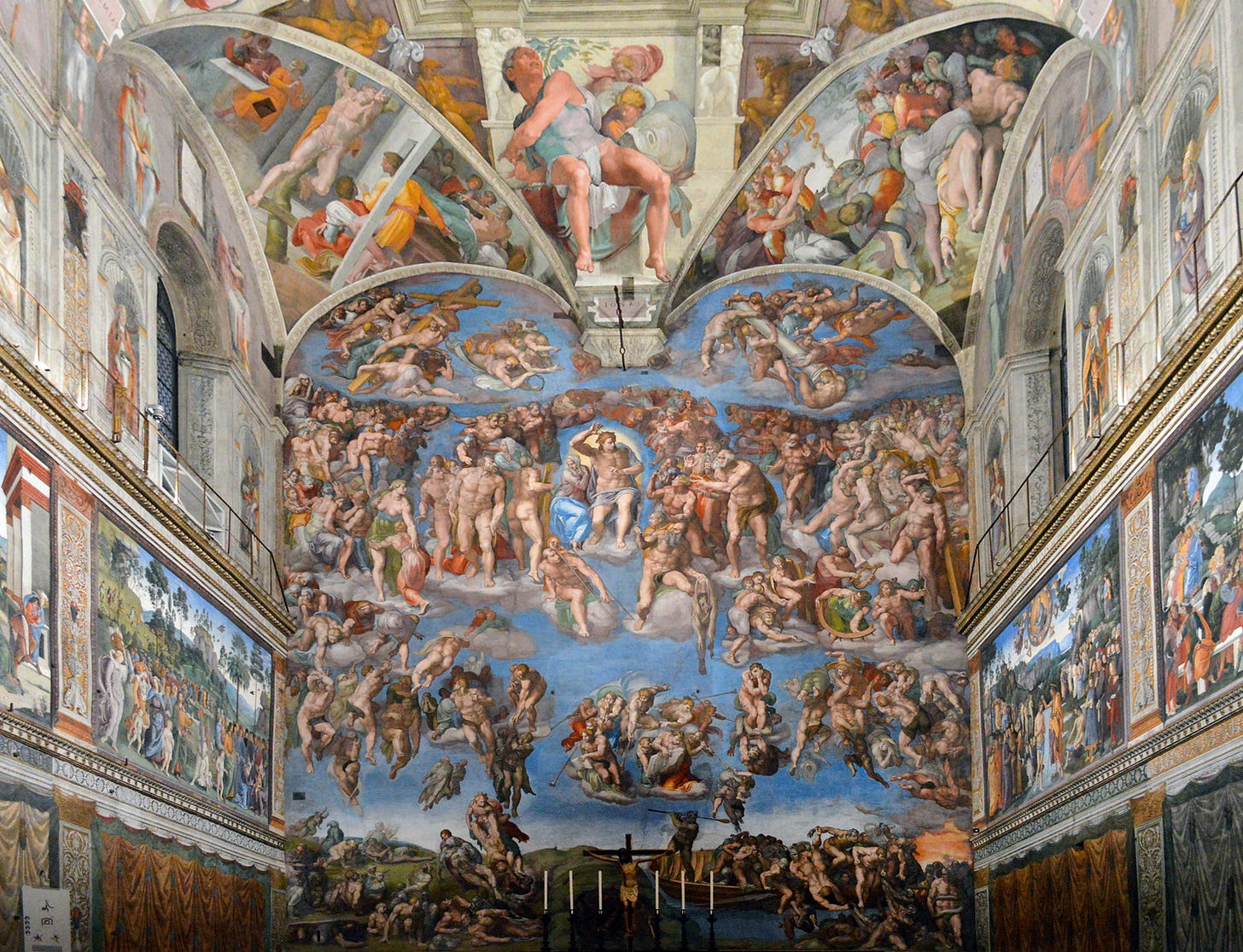
We know the well funded artists of the past because their work was supported by the court or the church or other private patronage. For every Titian (whose funding came from the German Emperor Charles V, Philip II of Spain, Francis I of France, and Pope Paul III) or Michelangelo (who was sponsored by the Medici family in Florence and then the Roman Catholic Church), how many obscure artists who never garnered favor are lost to history? The arts have always been competitive. I bet they even had to draw sticks to decide whose paintings ended up in caves in prehistoric times. They tried Rock, Paper, Scissors but it kept resulting in a stalemate since both paper and scissors had yet to be invented.
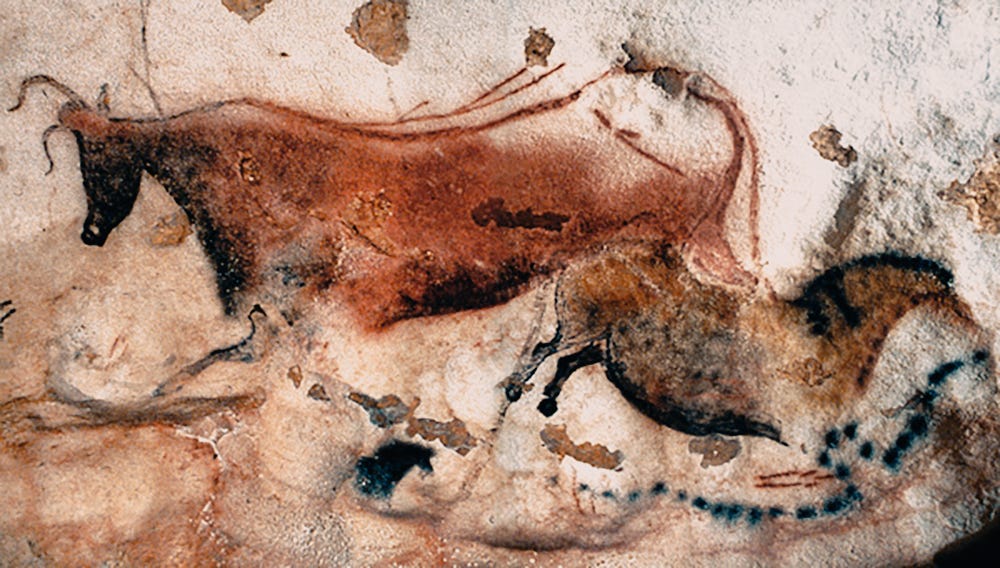
This is my long winded way of saying that artists have always had to market themselves.
The Medici Family, for all of their dysfunction, provided patronage for Brunelleschi, Donatello, Fra Angelico, Botticelli, Michelangelo, Leonardo da Vinci, Raphael, and Filippo Lippi. What a different world if the Kardashians were privately funding artists. I bet there’s even a tax write off for that. It was a reflection of the priorities of the times. These trends come and go.
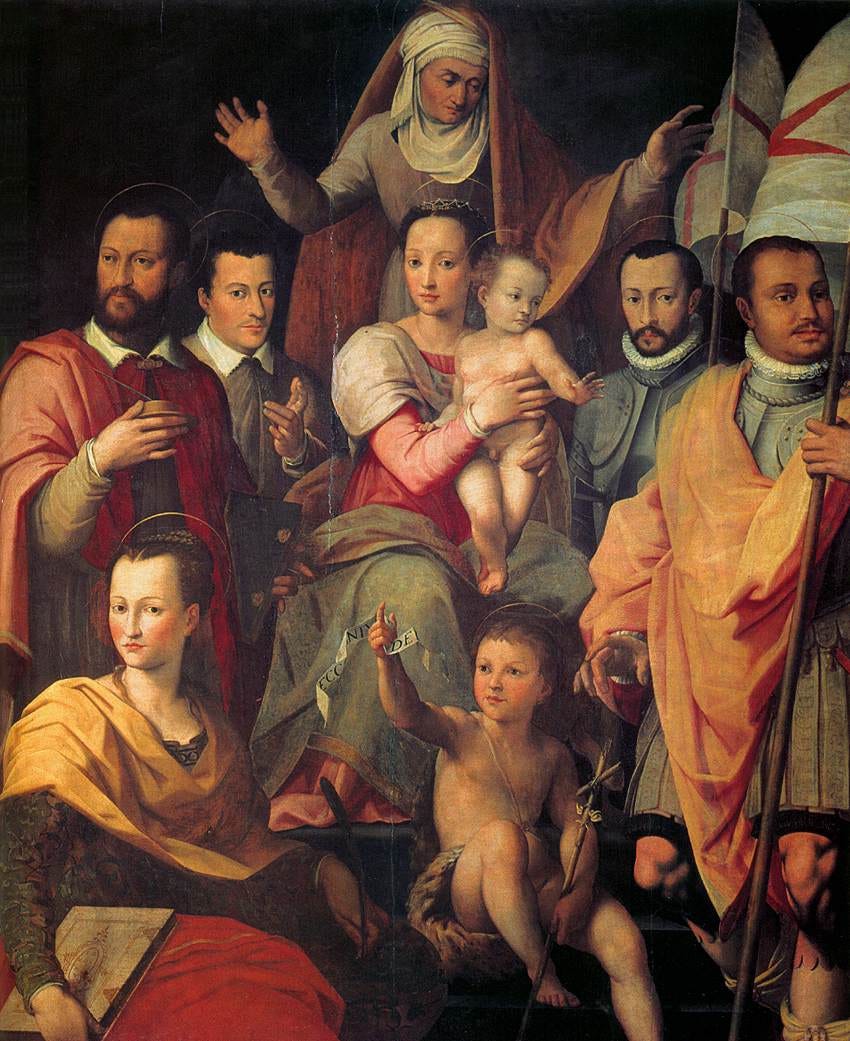
In fundraising circles, there’s a very real phenomenon of the generational swing of philanthropic interest. One era will be highly focused on donating to the arts. When their kids inherit the familial wealth, that focus shifts to medicine or foreign aid. Institutions plan for this, knowing the fluctuations are to be anticipated and that a few decades might pass before they’re the name at the top of people’s lists again.
How can we learn to ride the waves and prepare for the ebbs and flows of interest?
Copy. Paste. Copy. Paste.
Sticking with our theme of the Italian Renaissance, the idea of replicating what’s working is not new either. Granted, it has found an obnoxiously exhausting new context.
How many Madonna and Child paintings emerged from the fifteenth through seventeenth centuries? Pietàs, the depiction of Mary cradling the lifeless body of Jesus after He was removed from the cross, are plentiful. When the Catholic Church is one of your biggest patrons, there’s a lot of religious iconography to be sculpted and painted.
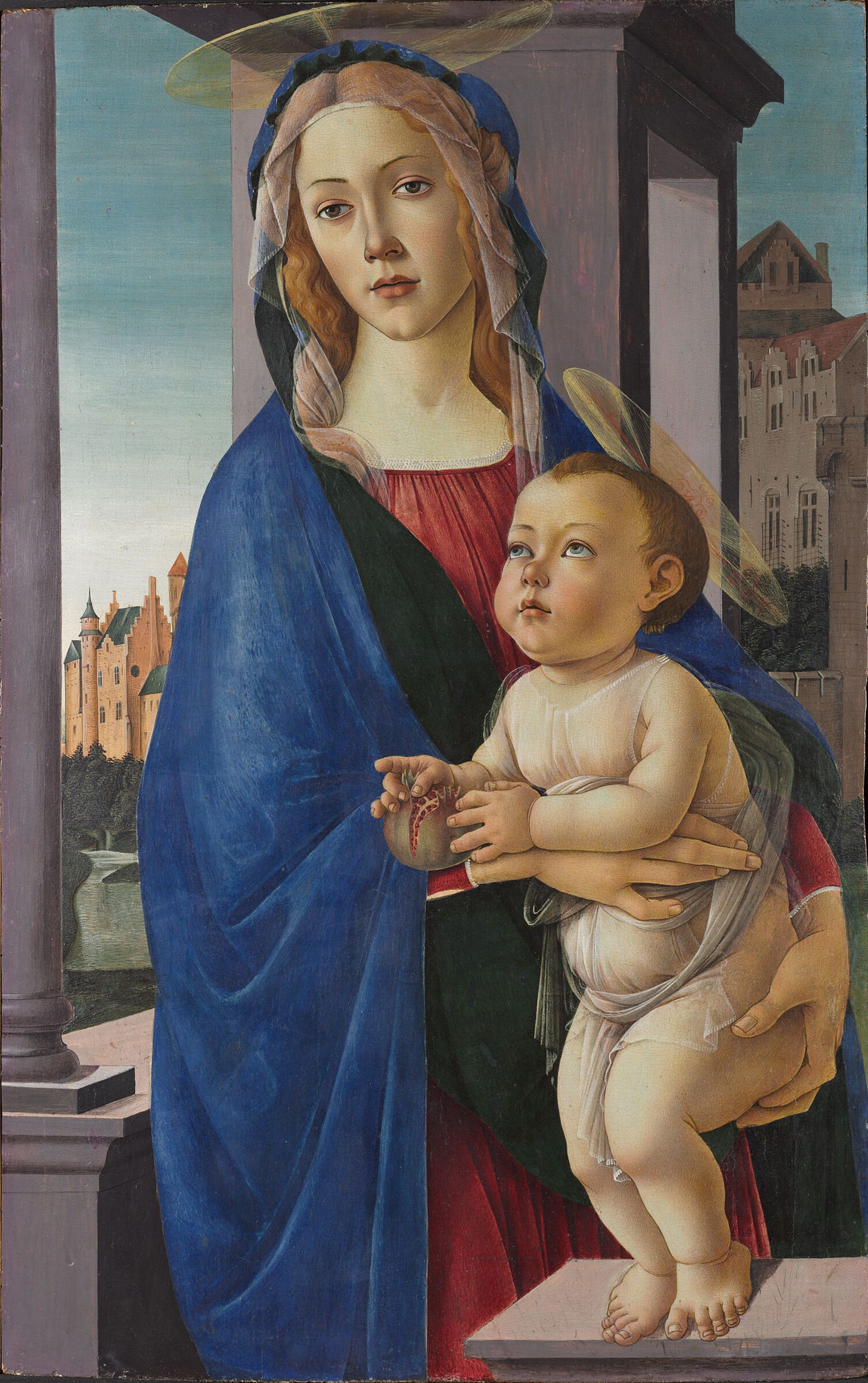
Artists learned from one another and stole ideas readily. Apprenticeships were common. Similarities between painters were prolific. It takes a keen eye to distinguish the artist whose brushstrokes gave way to these masterpieces.
I vividly remember sitting in my Italian Renaissance art history class my junior year of college and having Professor Hood enter the classroom with a scowl. Exams in hand, he looked at us with pure disappointment. None of us had scored higher than a C. Our task had been to write an essay attributing a Renaissance painting to the appropriate artist, analyzing what made that style unique, and dating it within a year. Now, this was a man who had spent his career as a Fra Angelico scholar and expected a room full of twenty-somethings to have the same discernment for the subtle differences that he recognized. We didn’t, thus the stack of C papers.
The Renaissance style extended far beyond the borders of Italy. During a similar timeframe, we saw the same themes across Spain as influenced by the Italian painters. The Spanish Golden Age echoed the stylistic approaches developed by the Renaissance artists giving rise to a host of notable Spanish painters such as Diego Velázquez, Jusepe de Ribera, El Greco, Peter Paul Rubens, and Caravaggio in the subsequent centuries. I do not recommend taking a class in Renaissance art and the Spanish Golden Age concurrently. Boy do those paintings start to blur.
Arguably it took loads more talent to replicate a marble statue or an oil painting than it does revamping a Canva template or recreating a trending Reel in today’s cultural landscape. Please don’t think that I’m claiming that a flash in the pan video or graphic holds the same skill and significance as Las Meninas, one of Velázquez’s great works and the subject of my senior thesis. However, in the landscape of social media, a canned quote and an image of such a canonical painting hold the same weight.
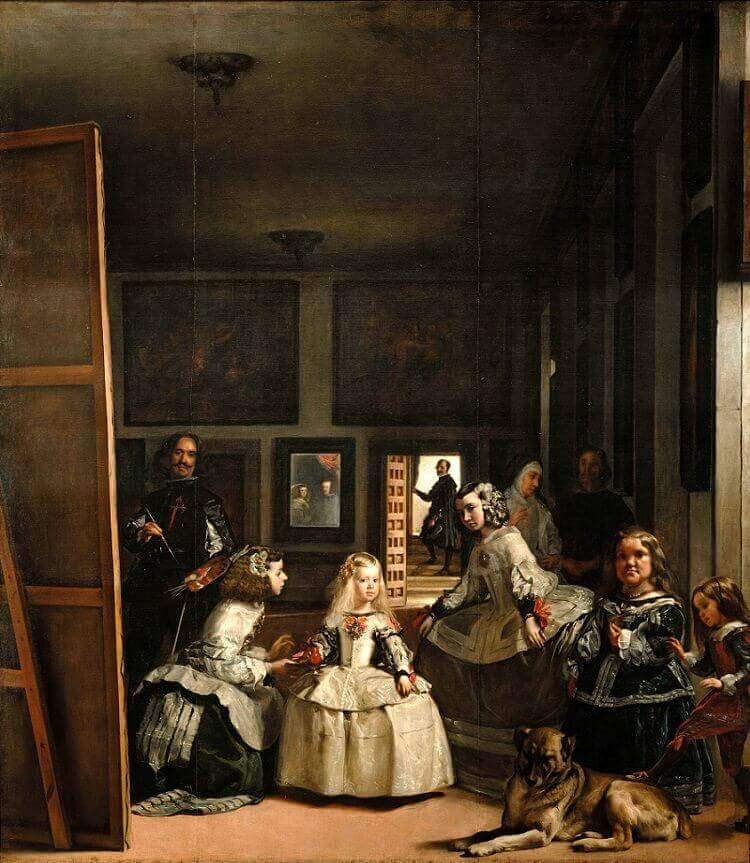
Which brings us to…
The Flattening of Art
In a world where everything is ‘content,’ value vanishes.
Before we go any further, I need you to know that when the words “everything is content” move through my brain, they do so to the tune of “Everything Is Awesome” from The Lego Movie. How on point is that when we think about the slow spiral toward conformity? There’s even a line in the midst of the song playing in the movie that instructs the workers to, “Take everything weird and blow it up!”
In the constant scroll, masterpieces are next to advertisements followed by news clips and surrounded by the pillars of the internet, cat videos. Everything shrinks to the size of your screen. We used to discuss this visual distortion in art history as the slide carousel clicked its way from the Mona Lisa to Notre Dame. Projected on a screen, the two held the same scale. The petite proportions of the painting (77 cm × 53 cm) held identical space to a towering cathedral (69 meters plus 96 meters if you count the spires).
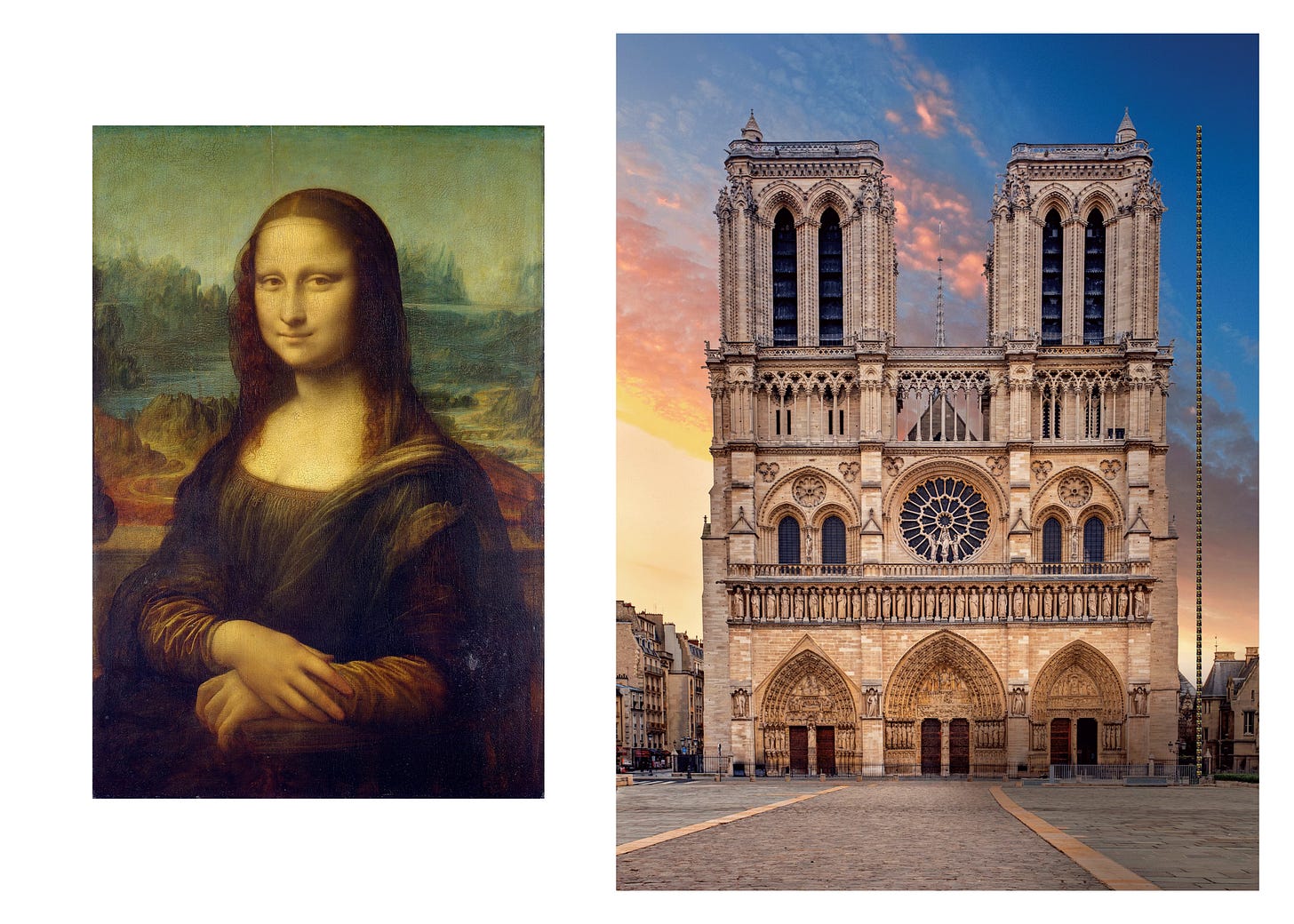
Cognitively and creatively, we’ve applied this same flatness to the entirety of humanity. I paused to see if that were a hyperbolic overstatement. I don’t think that it is. If everything is ‘content,’ nothing is art or news or philosophy or poetry. It all fits neatly into the same nondescript box. Content.
Suddenly instead of being artists and musicians and poets and writers and potters and sculptors, people are digital creators or content creators. Goodbye creative spark.
The relabeling to ‘creatives’ isn’t much better. In addition to the genericism of the term, similar to ‘content,’ this creates an intentional divide. While this once might have been used to group artists with designers and others with a more commercial lens on creativity, it negates the creative force in all other fields. Having implemented databases for years, I can tell you that doing so tickled the same part of my brain that was activated by weaving. A far more stable career could be built on one more than the other, leaving time for artistic and creative endeavors in my off time.
Granted, this sounds vaguely like the modern debate of art versus craft. What value is inherent to each? Where do you draw the line? Does utility impact the classification? Except, all of that made for lively discussion. It enhanced the conversation instead of stripping it bare.
Terms like ‘content’ and ‘creatives’ suck the marrow out of life.
A video essay by Patrick (H) Willems examines this topic at length in “Everything Is Content Now” in which he posits the following —
The content mindset discourages risk and experimentation… Creators are encouraged to find one thing that works, one formula or type of video and repeat that over and over forever. If we experiment and try something different, we’re told that our audience will abandon us… It takes art and makes it a product.
He ultimately describes the outcome as “homogenous goop.” Accurate.
I happen to believe that this is part of the intentional demoralization efforts happening around the globe — robbing architecture of interest and detail, desaturating life leaving us with homes in greyscale, numbing emotions through pharmaceuticals, stripping sartorial appropriateness from the boardroom and inviting the donning of hoodies.
So while art has always been a competitive market, you weren’t stacked against news and sales and restaurant openings and your friend’s hiking loop or lunch. Painters vied with other painters for attention, sculptors with sculptors, and so on. Michelangelo certainly did not contend with that.
Fig Leaves & Chisels
What’s more is that the censorship is ever mounting. The algorithm isn’t merely influencing people to tailor their work to please it, it’s actively dictating what is deemed acceptable. I find it mystifying and heartbreaking when Instagram censors classic artworks that hang in some of the most prestigious museums because they depict nudity. Eek!! Breasts!! We can’t have that on the app! What!?!
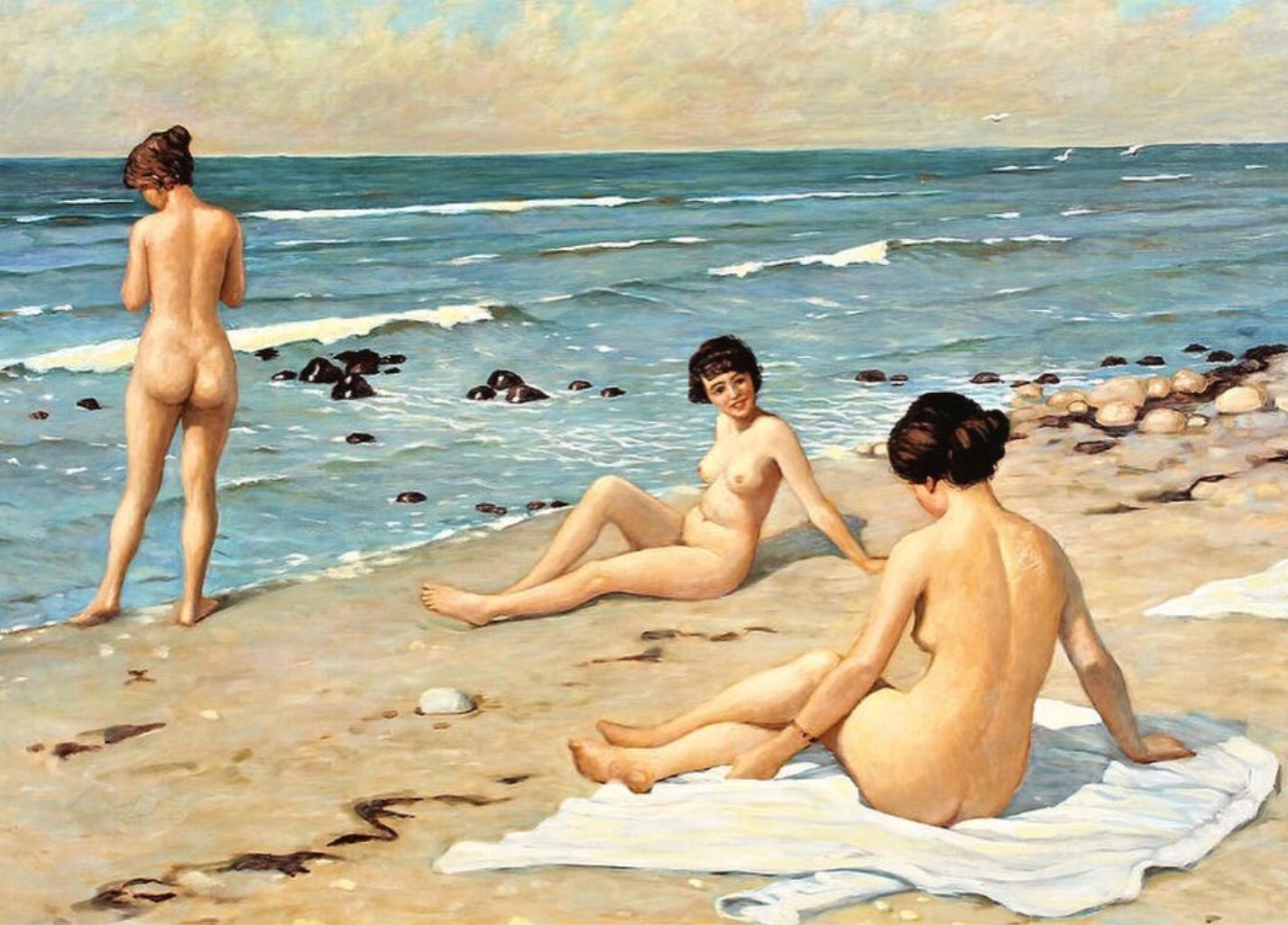
We’re leaving our decisions around cultural significance to a bunch of code written by a handful of developers — what power wielded by those who dwell in the shadows.
At least during past eras of censorship, those making the mandates were out in the open. For instance —
[I]n 1857, Pope Pius IX decided that the hundreds of the male statues in the Vatican were too licentious, even the undersized genitalia of classically-inspired Renaissance statues. In an event known as “the Great Castration,” he ordered workers to “castrate” hundreds of statues with hammers and chisels. His successor, Pope Leo VIII, added plaster fig leaves. Currently, research is going on in the Vatican matching penises to statues.
– Suanne Schafer, A Different Kind of Fire: Nudity and the Fig Leaf
Can we all pause for a moment and giggle knowing that somewhere in the Vatican multiple boxes of marble penises were stored for centuries? (Ignore my math.) If you’re interested in a more scholarly take on the evolution of the fig leaf in art, I recommend “Why Fig Leaves Cover the Private Parts of Classical Sculptures,” a short piece by Alexxa Gotthardt for Artsy.
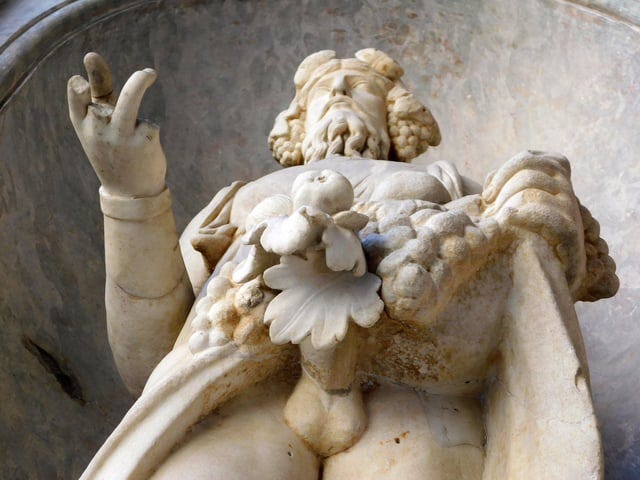
Social Media Shock Collar
What’s phenomenal is that over time Big Tech needs to actively censor less and less. It has trained its users to comply with what fits within the designated box. People know not to push the boundaries because they don’t want to receive an errant zap. Self censorship begins to pair with the “homogenous goop,” to continue to borrow Patrick (H) Willems’ turn of phrase.
Imitation and replication are the path of safety. Straying risks your livelihood.
Guess what? I actually think that bringing ideas to life in an environment where everyone is scrambling to stay inside the box is a wonderful thing. You weren’t expecting that twist, were you?
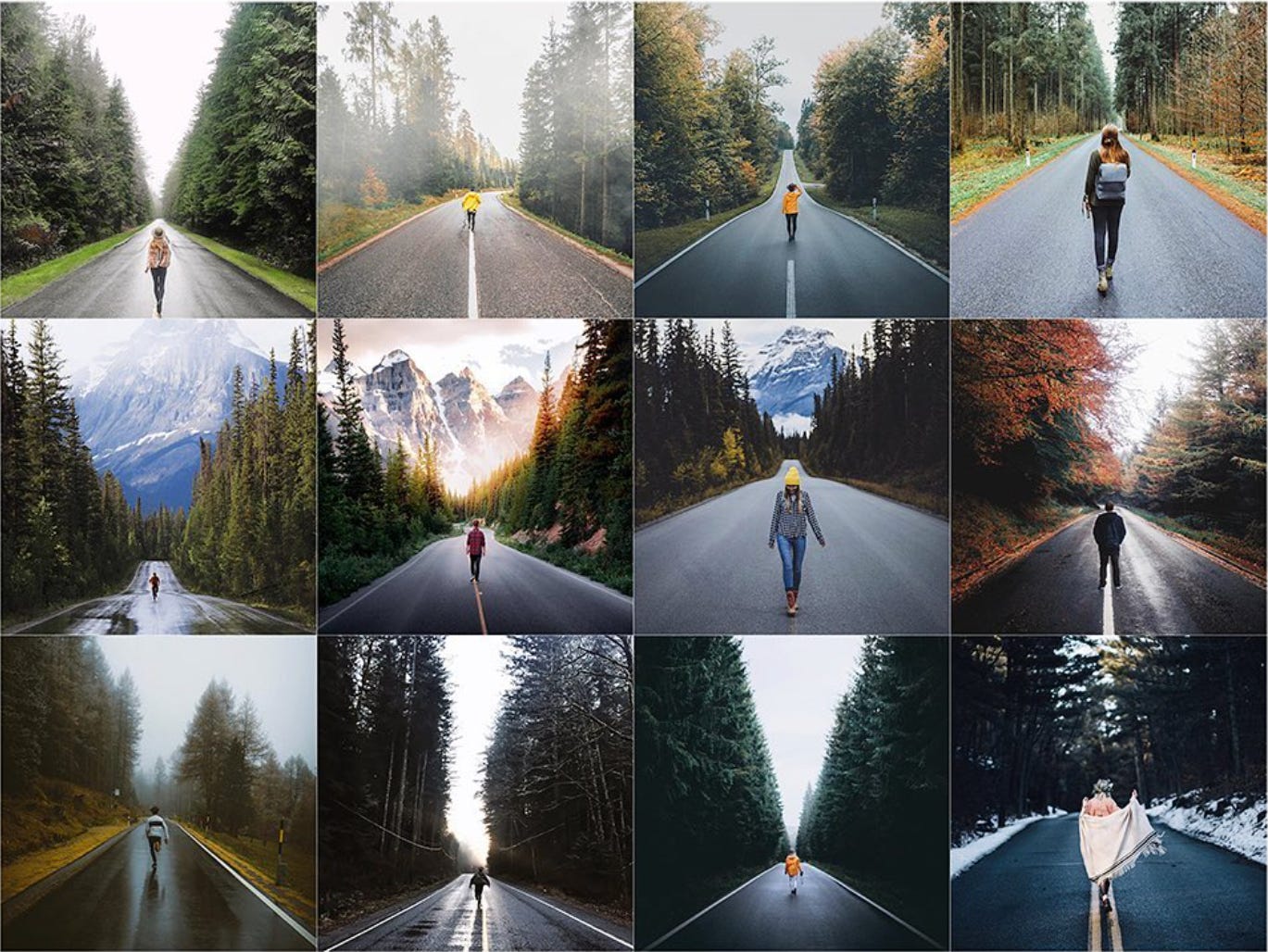
What an incredible time to stand out from the sea of sameness. Identify what you want to create and develop the ways of sharing it that feel supportive to you and your audience. Dare to be ahead of the curve and do things differently. Brian Wilson wrote Pet Sounds despite the music industry not understanding it. Queen released “Bohemian Rhapsody” knowing the skepticism that they faced.
Trust yourself enough to know that what you’re inspired to create has a place — because the alternate approaches in tech may be a ways away.
Loss of Entrepreneurship
What frightens me is that no one is pursuing solutions for this predicament. That same formulaic repetition that we’re seeing with content is happening on a broader scale. The supposed innovators have stopped innovating as they too chase existing success and solutions. We’re seeing that same kind of mimicry as the tech giants steal features and replicate what other platforms are doing.
The success of TikTok led to Reels on Instagram and Shorts on YouTube. Neither platform needed those additions, and their user bases reeled against them. (No pun intended.) The companies narrow-mindedly saw those product inclusions as their only viable way to remain competitive. Yawn.
I watched a speech that Jack Conte, founder and CEO of Patreon, gave at SXSW, optimistically thinking that anything titled “Death of the Follower & The Future of Creativity on the Web” might offer some interesting approaches to the future of the social landscape. I was wrong. The business strategist in me flipped my lid when the slide for the next phase of Patreon came on the screen.
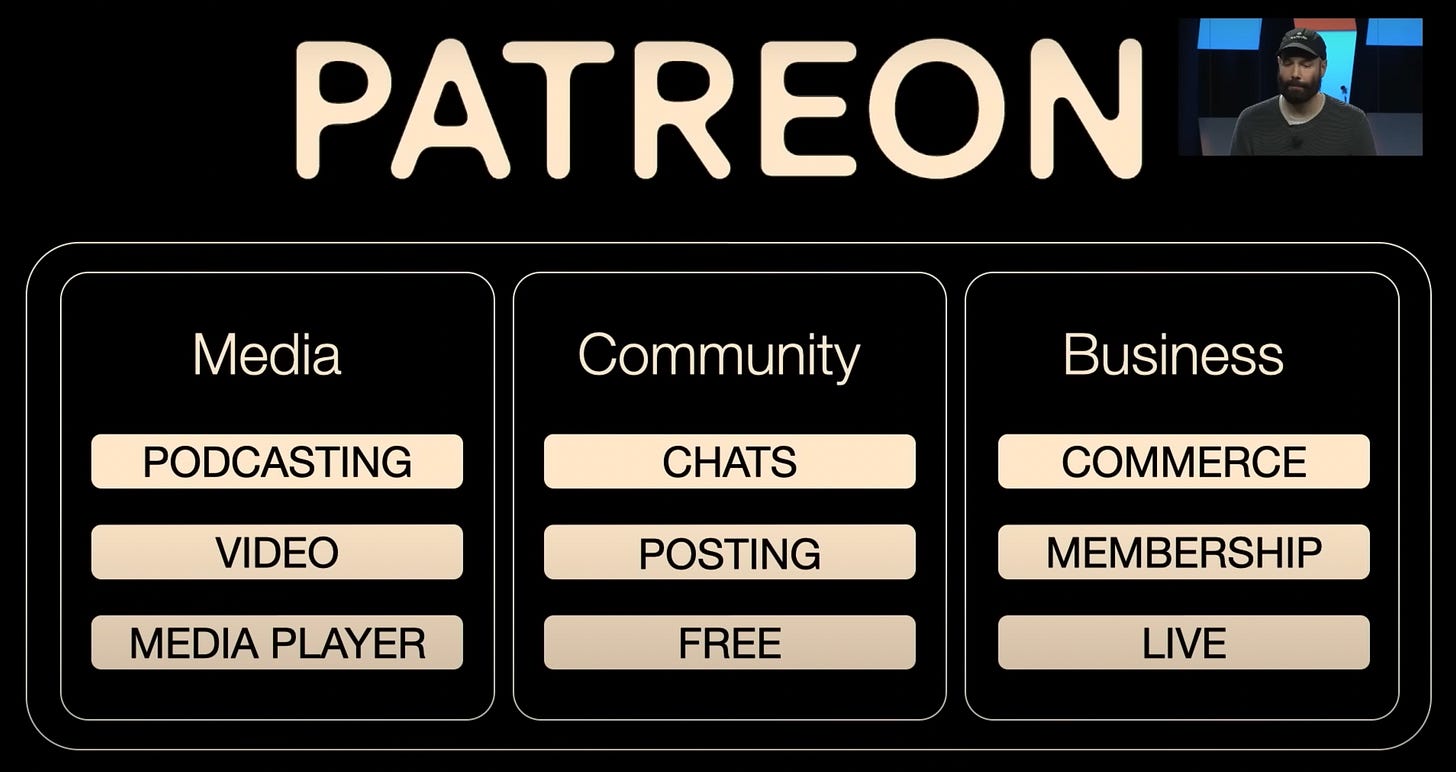
This isn’t innovating! Patreon is copying models that already exist from other businesses. All they’re doing is building these tools natively in their app. What they’re calling “chats” is in essence a news feed. “Free” is an email list. “Live” is a ticket sales tool. From a product development perspective this is utterly idiotic. In addition to not actually solving the user need, Patreon now will attempt to prioritize a whole new set of features for the platform, their developers will be stretched thin, nothing will receive full attention to be designed well, and the aspects of their site that made it unique will be watered down. Stop trying to be everything to everybody. You will fail.
What that actually signals to me is a lack of ingenuity & problem solving.
This was the role of actual entrepreneurs. Bold. Italics.
Yes, I’m putting a great deal of emphasis on the term ‘actual’ because the vast majority of people who have embraced that title are far from it. They’re small business owners and consultants and freelancers and franchise owners. Unfortunately in the same way that ‘content’ and ‘creators’ flattens the landscape and strips articulate meaning from words, the overgeneralization of entrepreneur has done the same.
True entrepreneurs identify gaps in the landscape that have never been addressed and solve them. They borrow from other industries to reorient and combine ideas in a fresh way to create something new instead of merely replicating what others have done. Calling everyone in commerce an entrepreneur devalues the actual skill set required for identifying holes and solving market needs. It dismisses the inherent risk in building businesses that people do not understand.
Patreon is so mono focused on the user subscription model that they haven’t paused to assess if there are alternate approaches that would better serve their community. Hint: there are. Instead Conte rambles on about subscription fatigue and how it’s a real thing without taking that to heart and reevaluating their product development priorities to include that item as one of the problems they need to address and solve. He reductively sees answers as bi-polar extremes rather than considering that a likely solution might borrow from both ends of the spectrum while adding other elements to the mix.
Steve Jobs is quoted to have said, "It's really hard to design products by focus groups. A lot of times, people don't know what they want until you show it to them." Exactly.
Rekindling the Embers
Which brings us back to where we began this entire conversation — what would have happened if the greatest artists and thinkers of the past were slapped with psychiatric labels and medicated to suppress their creative urges? I shudder to think.
We would be remiss not to mention pharmaceuticals when addressing all of the ways that creativity is being tapped down societally. In an effort to reach unachievable sameness, the uniqueness of individuals is being curtailed with drugs. The clamoring to claim the label of neurodivergent and medicate it away baffles me. It ignores the human experience where each of us approaches things just a little differently. Instead of celebrating that and expanding our perspectives, we’re being told to embrace uniformity. No thanks.
Do I think that this directly impacts the artists and innovators and entrepreneurs of today? Absolutely.
Classroom settings are stomping out the curiosity in kids at an early age in an effort to have them sit quietly for an eight hour stretch. Social media with all of its flaws, even if there are redeemable aspects, is spurring on same, same, sameness. Victimhood pins us into a corner asking us to try on labels of disempowerment. Constant questioning of identity invalidates that we’re actively discovering who we are in every moment of life. Drugs numb out the rest.
[mutters incoherently about Socialism]
The bottom line is that there will always be obstacles. Don’t use that as an excuse not to create.
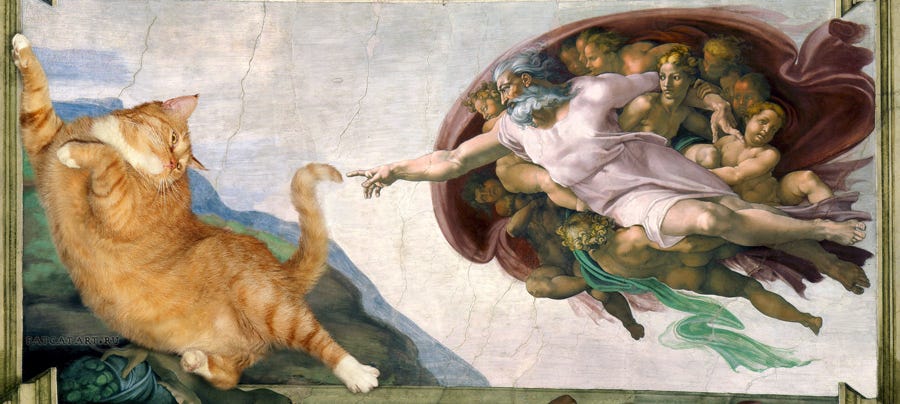
Thanks, internet, for doing what you do best. It warms my heart to know that these exist.










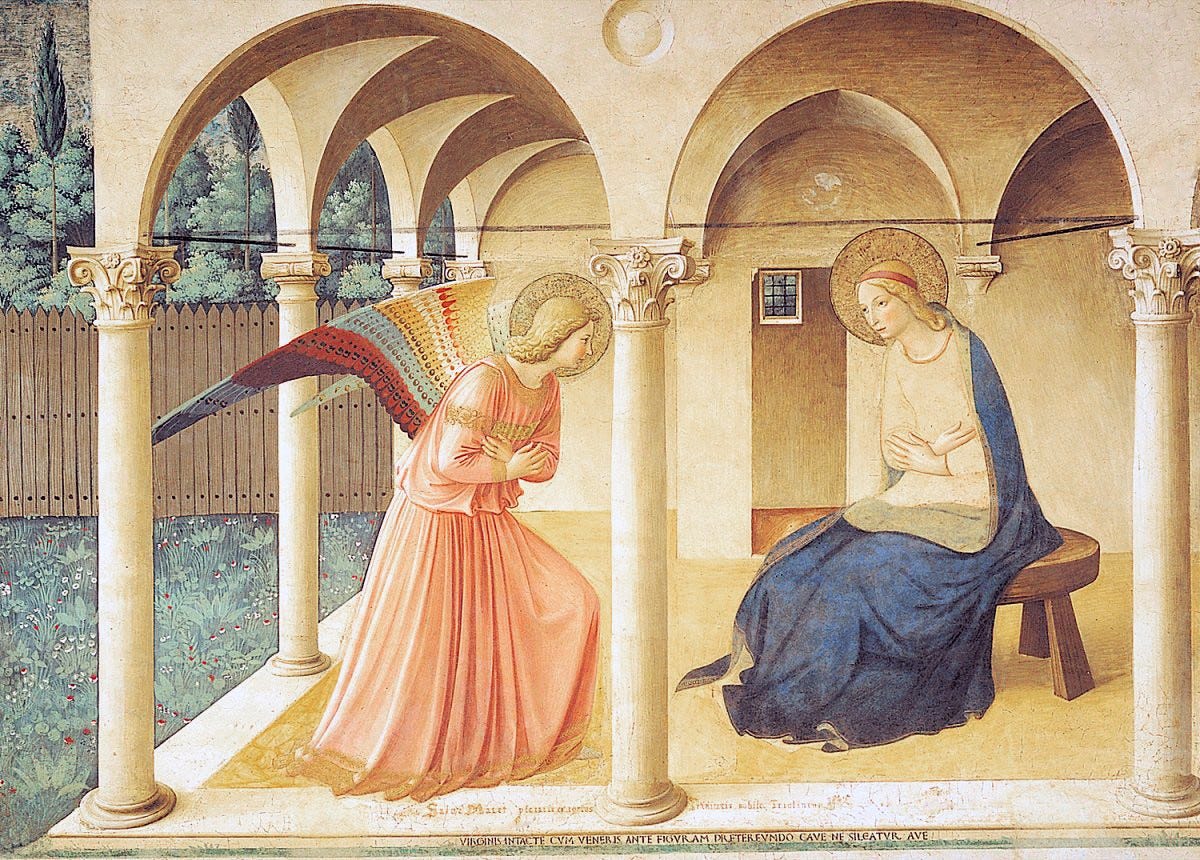







Really enjoyed this and all the reflections it provoked. Funny, when I read the title, my brain said “he wouldn’t” haha!